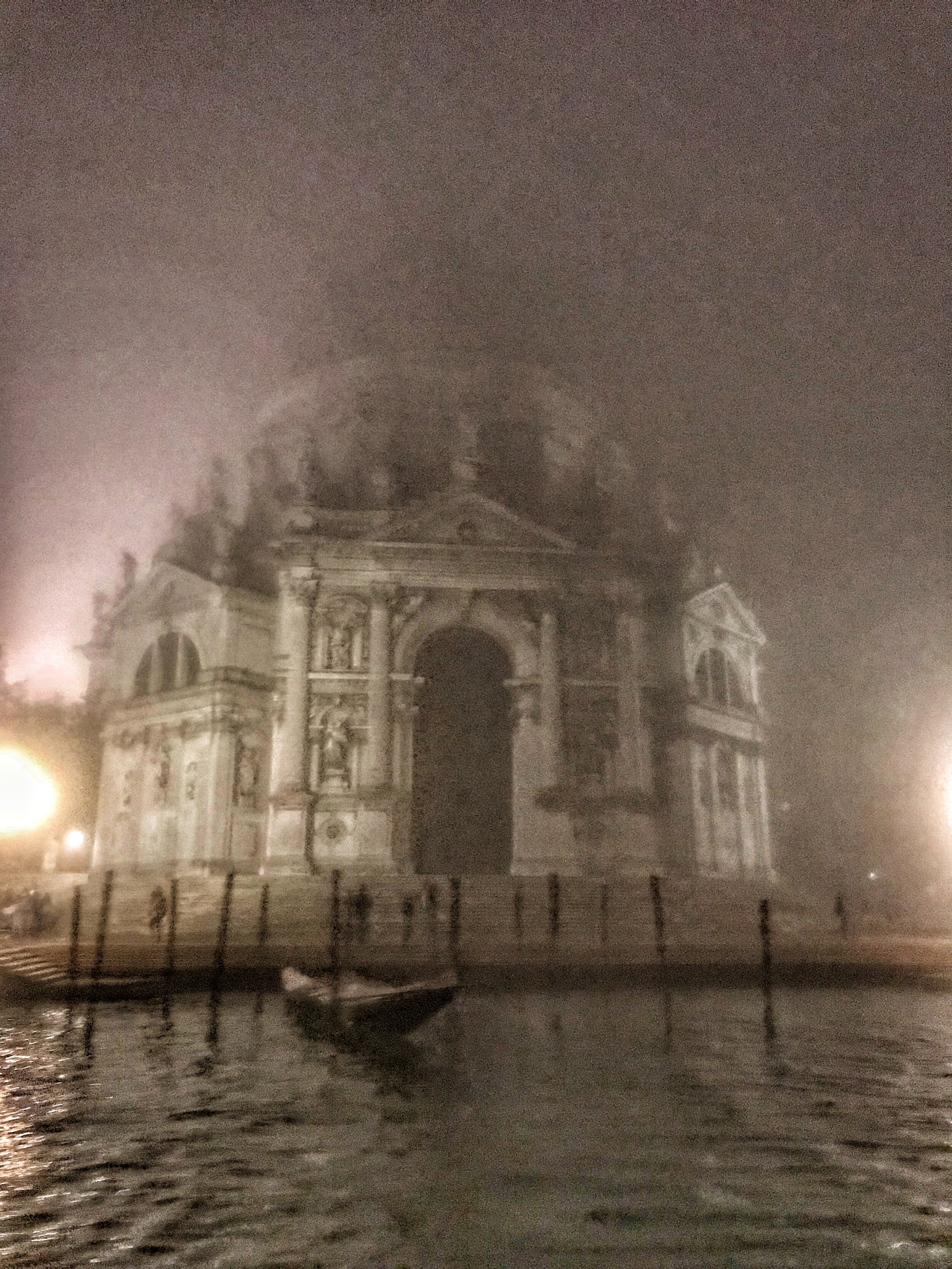
Notable Italian and
Italian-American Women
Photo Credit of Basilica di Santa Maria della Salute (Venice) Colleen Zawadzki
Italian Women of Achievement
Click on our Instragram link at the top of the page to see a complete compilation of the notable women of Italian and Italian-American heritage. A new woman is featured each “WISH WEDNESDAY.”
Compiled by MaryAnn Zeppetello and Colleen Zawadzki with contributions from other WISH members.
Maria Montessori
Maria Montessori was an Italian educator and founder of the Montessori educational system. In 1896, Maria was the first woman in Italy to graduate from the University of Rome for medicine. Montessori scorned conventional classrooms, where “children, like butterflies mounted on pins, are fastened each to his place.” She sought, instead, to teach children by supplying concrete materials and organizing situations beneficial to learning with these materials. Her pedagogical methods are still in use today, and her legacy as an Italian author, educator, and physician developed new frontiers for women in medicine. Learn more about Maria in the video below, entitled, “Teacher of the Unteachable: The life and method of Maria Montessori.”
Rita Levi-Montalcini
Rita Levi-Montalcini was a pioneering scientist in neurobiology, and received a joint Nobel Prize for her discovery of nerve growth factor (NGF). As a teenager, she became interested in medical science after seeing a close family friend die of stomach cancer. When Germans invaded Italy in 1943, her family fled to Florence where they survived the Holocaust under false identities. Using a makeshift laboratory in her bedroom, she continued her research on nerve fibers in chicken embryos. She received many scientific awards and accolades throughout her life, and became the first Nobel Laureate to reach the age of 100. She died in 2012 at the age of 103.
Geraldine Ferraro
Geraldine Ferraro was the first woman to run for the vice president in the United States. Her mother was a first generation Italian American seamstress and her father was an Italian immigrant. She graduated from high school at 16 and put herself through law school. She served in the United States House of Representatives from 1979 to 1985, and was the Democratic Party's vice presidential nominee in 1984, running alongside former vice president Walter Mondale; this made her the first female vice-presidential nominee representing a major American political party.
Listen to her acceptance speech(outside link)! (outside link)
Fede Galizia
Fede (1578-1630) learned to paint from her father, Nunzio Galizia. She first came to notice at the age of 12, a miniature painter She was commissioned to paint miniatures and portraits. One of her paintings hangs in a Sarasota, Fla. Museum. She also made altar pieces and still-lifes. One of her 1602 paintings is considered the first known still- life by an Italian artist. She is recognized a a pioneer of still life paintings. She never married. She lived a happy life and had a successful art career. In 1690 she died of the plague in Milan.
See more of Galizia’s art here! (outside link)
IDA LUPINO
Ida ((2/4/1918-8/3/1995) was a trail blazer who took no 'junk' from the Hollywood movie industry. Ida was truly one to admire! Her parents were Connie O'Shea and Stanley Lupino, of the famous musical comedy family dating back to the Renaissance, in Italy. She was born in Great Britain, and became an American citizen in 1948. She wrote her first play at the age of seven and by the age of ten she had memorized the leading female roles in each of Shakespeare's plays. She contracted polio at the age of 16 which made walking difficult for the rest of her life.
Ida often incurred the ire of Warner Brothers boss Jack Warner by objecting to her casting-refusing poorly written scores that she felt were below her dignity as an actress. As a result, she spent much being suspended. Becoming bored with acting she took up directing and ultimately formed her own studio with her husband. Their studio's mission was to made socially conscious films that also could entertain- bringing realism to the screen. They explored virtually taboo subjects, such as rape, bigamy, unwed pregnancy and abortion. Throughout her career she made 59 movies and directed 8 others. She is widely regarded as the most prominent female filmmaker working in the 1950s during the Hollywood studio system. She also directed more than 100 episodes of television productions in a variety of genres including westerns, murder mysteries, situation comedies and gangster stories. She was the only woman to direct an episode of “The Twilight Zone,” as well as being the only director to have starred in an episode of the show.
Village Voice writer Carrie Rickey holds Lupino up as a model in modern feminist filmmaking: “Not only did Lupino take control of production, direction and screenplay but each of her movies addresses the brutal repercussions of sexuality independence and dependence. Other than her film and directing career she wrote short stories and children's books and composing music. She wrote "Aladdin’s Suite" in 1948, composed while on bed rest due to recurring polio symptoms.
This picture was taken during the shooting of, "Yours for the Asking." Here Lupino signals director Alexander Hall that she can do the previous scene better, and would like another take.BY JOHN SPRINGER COLLECTION/CORBIS/CORBIS/GETTY IMAGES.






